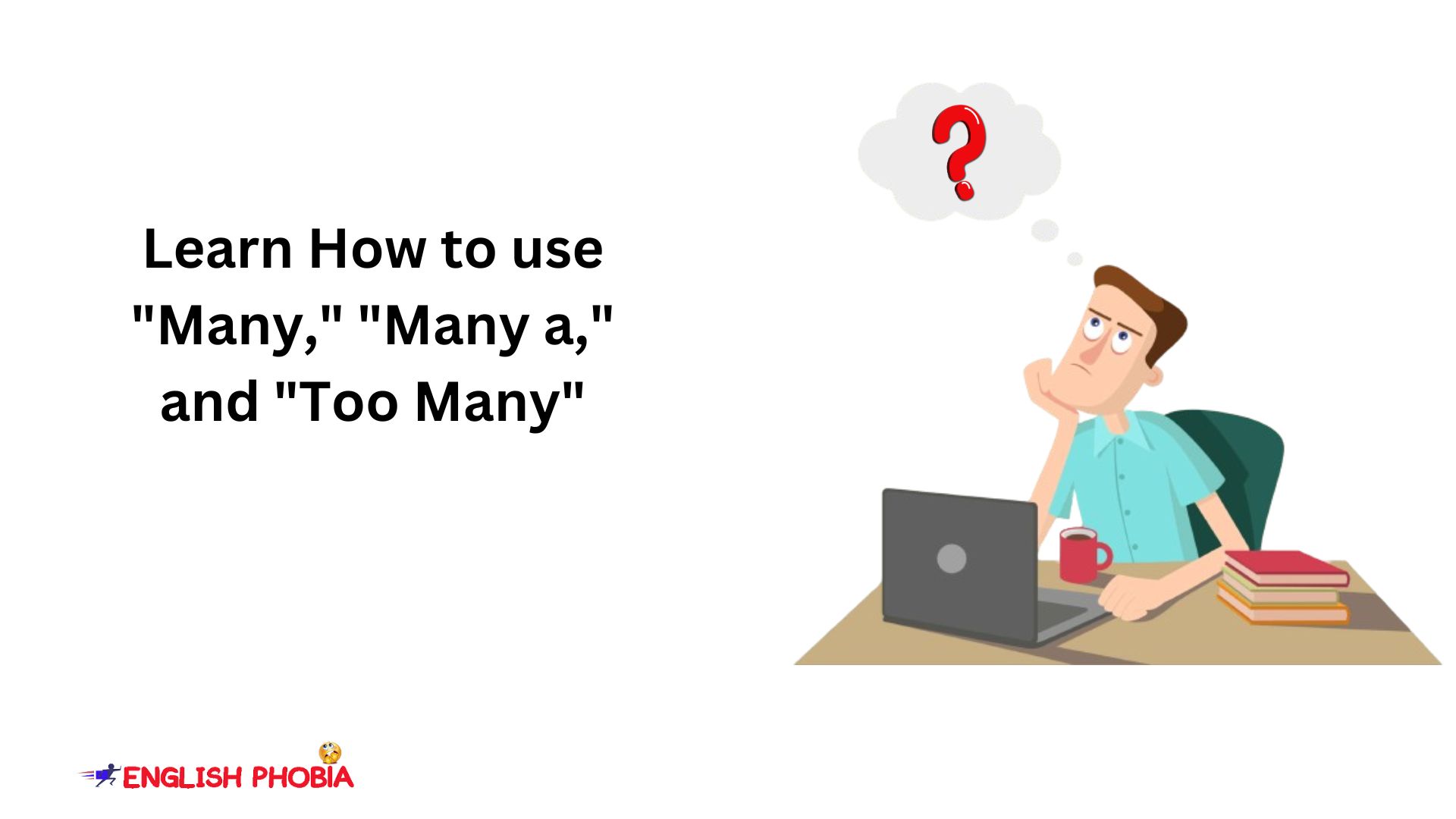Do you also want to know the difference between “For” and “since”? In the English language, the correct use of prepositions can often show a challenge for non-native speakers. Two of the most commonly confused prepositions uses are “for” and “since.” Although they look similar yet these two words have different uses when it comes to denoting time.
In this article, we are going to learn their definitions, usages, and differences, with examples and common mistakes to help you understand how to use “For” and “since” correctly.
Definition of “for” and “since”
We use “For” and “since” prepositions to show time in English. We use “For” to show a duration or period of time, while we use “since” to denote the starting point of a fixed period or action in time.
Usage of “for” to show duration
We use “For” while talking about a period or duration of time. We use it when the exact starting time is not important, or not known. The focus is on the duration or length of time that an action has been happening.
Examples of using “for” in sentences
Here are some examples of “for” used in sentences:
1) Roma has lived in New York for ten years.
2) Neha studied for two hours.
3) They had been waiting for half an hour.
Usage of “since” to show starting point in time
We use “Since” when referring to the specific point in time when an action started. It is usually followed by a specific date, time, or event. The focus is not on the length of time but on the start of the action.
Examples of using “since” in sentences
Here are some examples of “since” used in sentences:
1) I have known him since 2005.
2) She has been studying since 2 PM.
3) They have been waiting since morning.
Difference between “since” and “for”
The main difference between “since” and “for” lies in their focus and usage. We use “For” to express a duration of time, while “since” shows the starting point of an action or event. Therefore, if you want to emphasize the length of time, use “for”, but if you want to point out when something started, use “since”.
Common mistakes and confusion
One common mistake is using “for” when “since” should be used, and vice versa.
For example,
1) People have been living here for 2016. Incorrect
People have been living here since 2016. Correct
2) Roma has been studying since two hours. Incorrect
Roma has been studying for two hours. Correct
Conclusion
Understanding the difference between “since” and “for” can significantly improve your English communication skills. Remember that we use “for” to show a period or duration, while “since” points to the start of that period or action. You should always be aware of what to use for or since in English for time.











